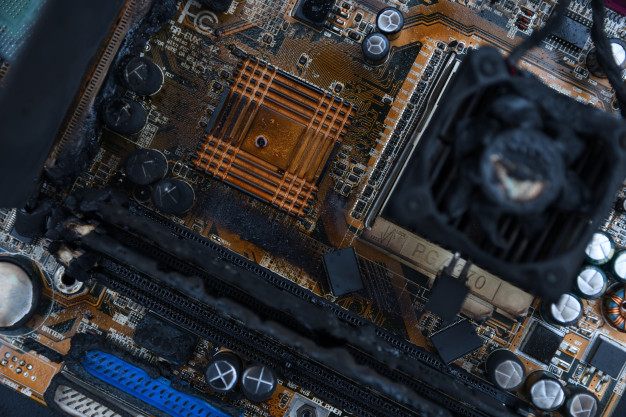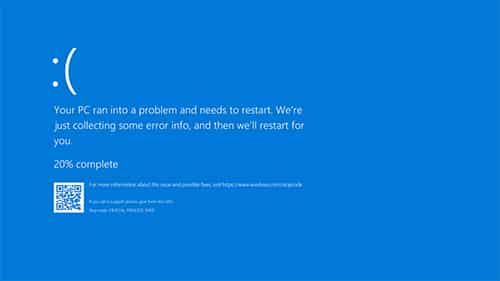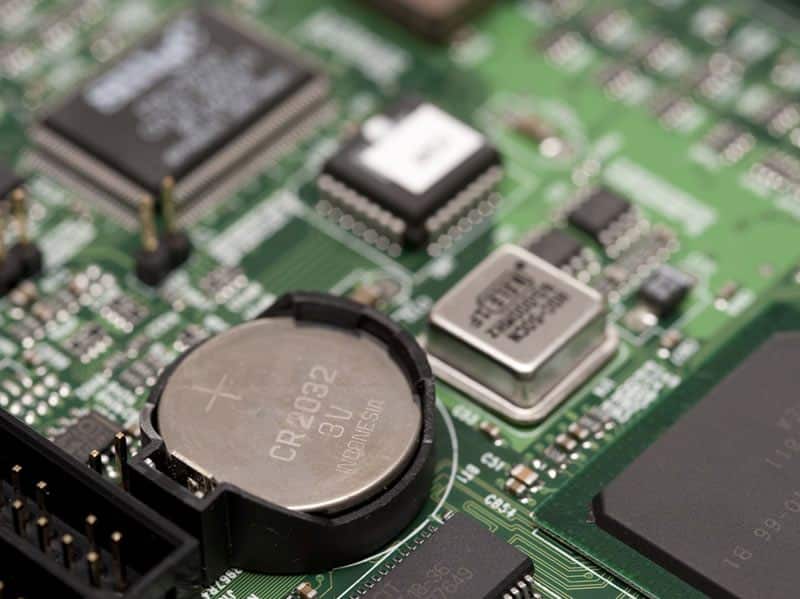How To Test A Motherboard In Different Ways

The motherboard is one of the important paramount elements on a PC because it connects all of the paramount components of the computer, such as the CPU, USB ports, and connectors for output and input devices.
Furthermore, if it is damaged, your system will stop working. Nonetheless, when using a PC, you cannot note the motherboard’s output.
Unstable motherboard can affect the CPU, GPU, USB ports, and other components of the machine, so you can completely accuse a perished motherboard or something else on the PC. As a result, today, I’m going to show you how to test a motherboard and walk you through the simple steps you need to take.



